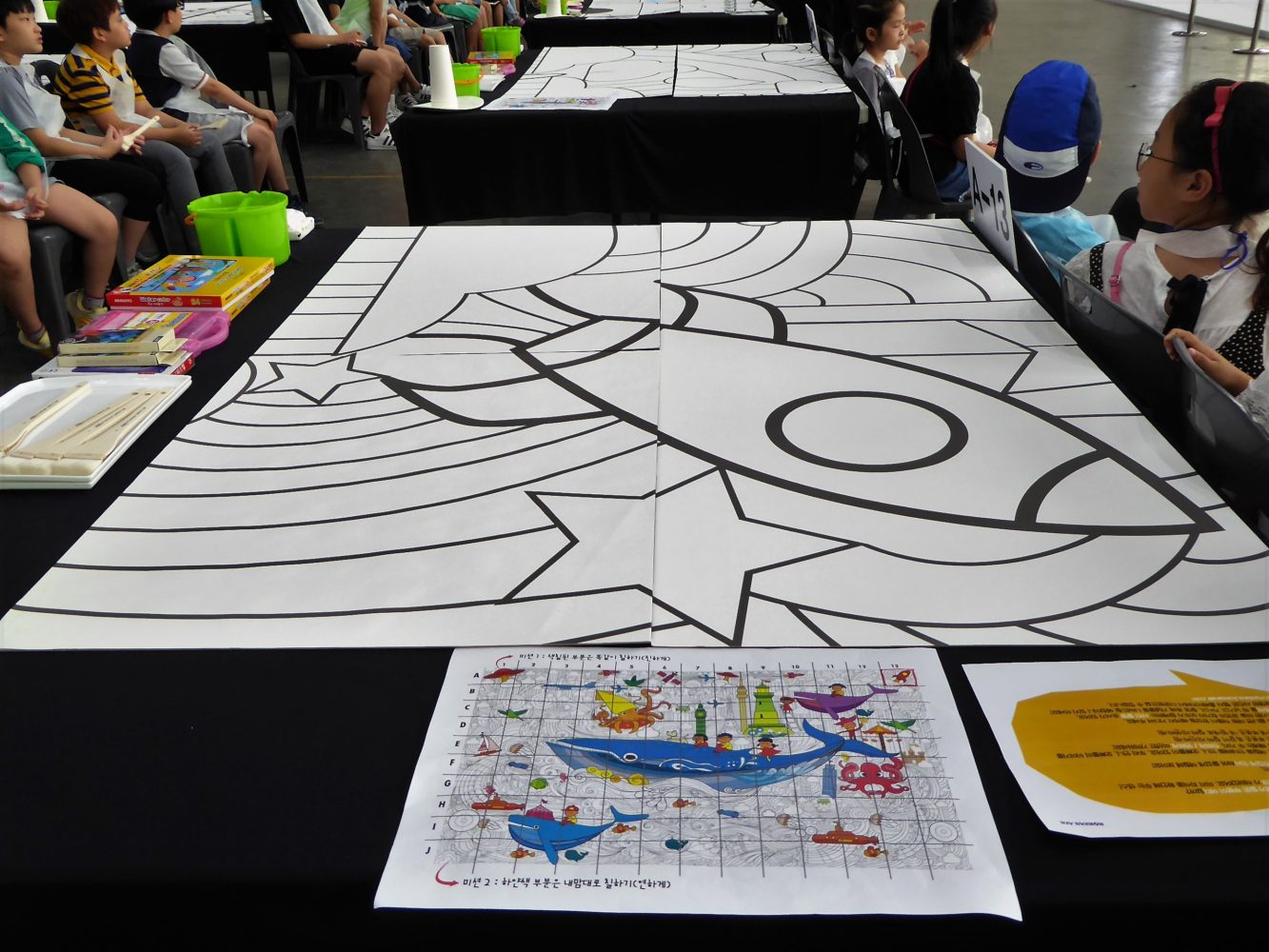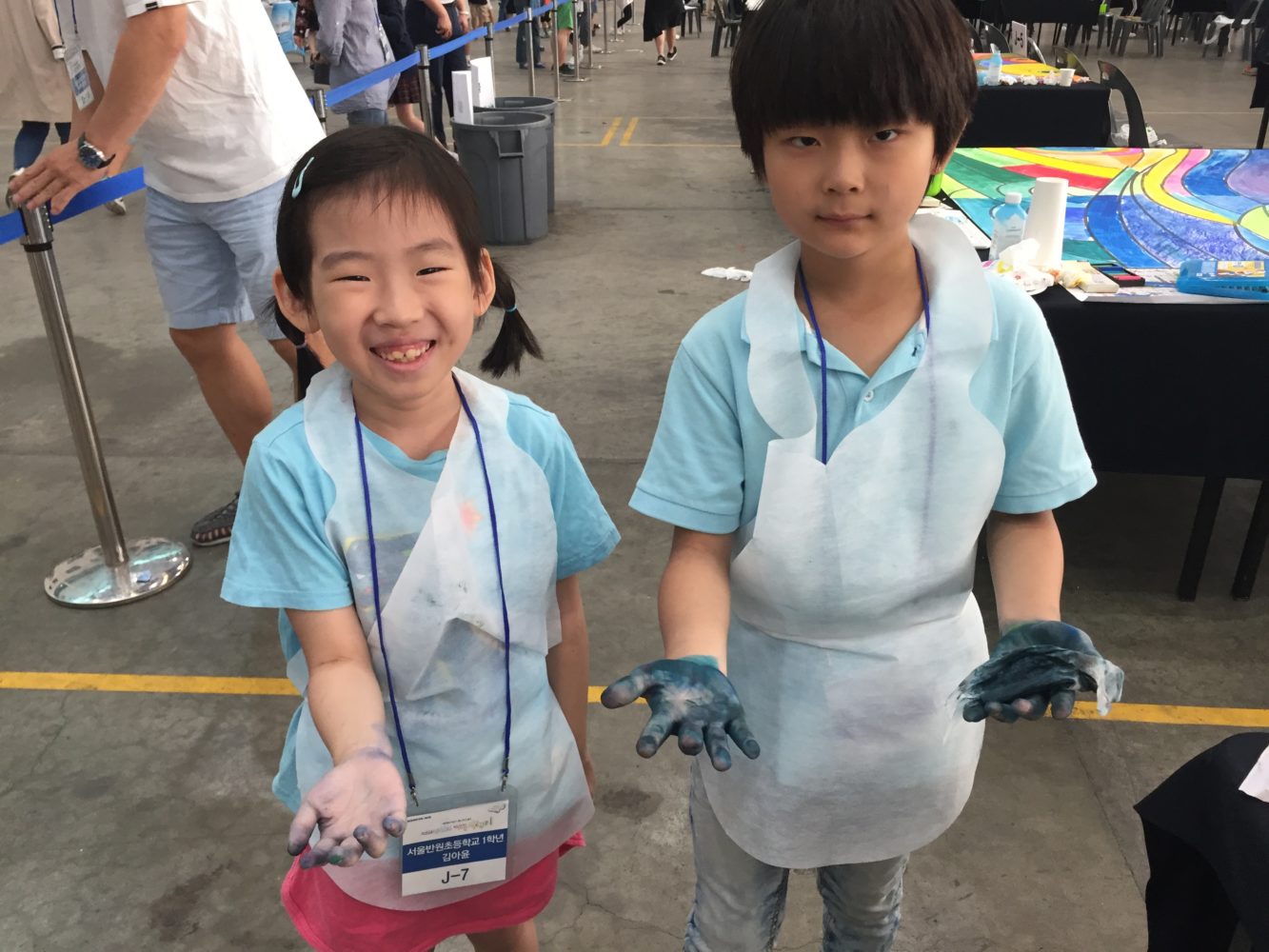d
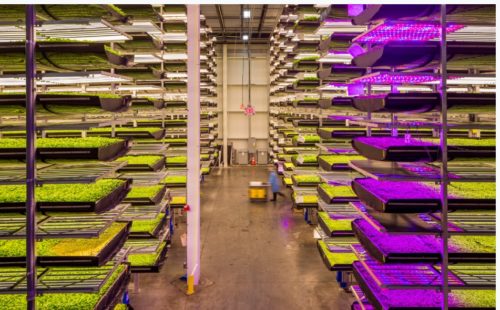
Where is the food and produce you eat on a plane grown?
Starting in September, the answer for passengers on Singapore Airlines’ passengers leaving Newark for Singapore will be “indoors, nearby.”
Singapore Airlines is working with indoor vertical farming company AeroFarms, which has reclaimed an abandoned steel mill in an industrial area near Newark International Airport and transformed it into a 1-acre, indoor vertical farm.
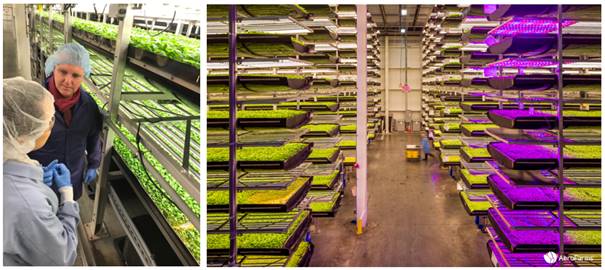
The farm, which grows produce ‘aeroponically’ without soil, pesticides or sunlight, can produce the equivalent of 390 acres of locally grown produce with up to 30 harvests each year and will grow a customized blend of fresh produce for SIA’s Newark-to-Singapore flights starting in September 2019.
“Imagine boarding a plane and enjoying a salad harvested only a few hours before takeoff — literally the world’s freshest airline food,” said Antony McNeil, director of food and beverage for Singapore Airlines. “The only way to get fresher greens inflight is to pick them from your own garden.”
Singapore Airlines shared examples of farm-to-flight dished business class and premium economy class passengers might be able to choose from on Newark to Singapore flights:
Soy Poached Chicken:Pickled Ginger Vinaigrette, Zucchini Ribbons, with Sweet Potato Roesti, Soy Beans and AeroFarms Baby Pac Choi
The Garden Green: Poached Asparagus, Broccolini, Avocado with Shaved Fennel & Flaked Hot Smoked Salmon, with AeroFarms medley of Baby Ruby Streaks, Watercress and Arugula, with Lemon Vinaigrette
As I reported last year in a farm-to-flight feature for USA TODAY, Singapore Airlines’ joins several other airlines in being super creative and eco about the food served on its flights.
Korean Air has its own company farm.
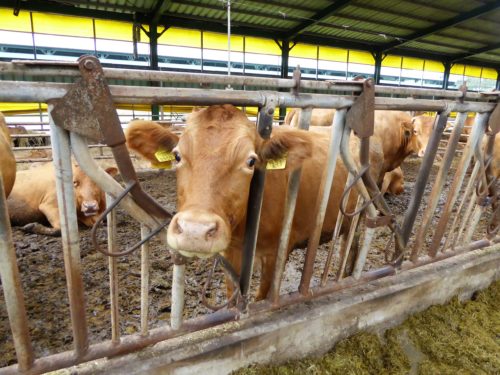
Jedong Ranch sits on 3,700 acres of South Korea’s lush Jeju Island and has been operating since 1972, when it was purchased by the former chairman of the airline’s parent company, the Hanjin Group.
Back then, South Korea had a beef shortage, so breeding livestock was the first order of business. Early on, the herd was made up exclusively of imported Angus cattle. Today the ranch is home to more than 2,200 head of prized, grass-fed Korean native cattle known as Hanwoo.
The organic, antibiotic-free meat from these animals, and from the farm’s flock of approximately 6000 free-range chickens, is sent to Korean Air’s flight catering kitchens in Seoul for use in meals served to first and business-class passengers. Some of the meat and eggs from the farm are also available, at premium prices, for purchase locally.
In addition to raising cows and chickens, the ranch’s hydroponic greenhouse also produces more than 210 tons of fruit and vegetables, including red peppers, cherry tomatoes and blueberries for first and business class in-flight meals.

JetBlue’s garden at JFK

In 2015 JetBlue created a 24,000 square-foot milk-crate garden outside Terminal 5 at New York’s John F Kennedy International Airport. Designed to both create a welcoming green space and promote local agriculture, the garden generates more than 2,000 pounds of blue potatoes, kale, carrots, leeks, arugula, garlic, mint, basic and other herbs for local food banks.
Japan Air Lines agritourism attraction

In 2010, Japan Air Lines is scheduled to open an agritourism attraction on land near Tokyo’s Narita International Airport. The ‘JAL Agriport’ will offer visitors a chance to pick strawberries, harvest sweet potatoes, picnic, or purchase fresh produce grown in the region. JAL says it also plans to use some agriport produce in lounge menus and in-flight meals.
And Emirates announced last year that it was joining with Crop One to build the world’s largest vertical farming facility near the airport in Dubai to help create a supply chain of “high quality and locally-sourced fresh vegetables, while significantly reducing our environmental footprint,”the airline said in a statement.
A tasty trend for sure.


















